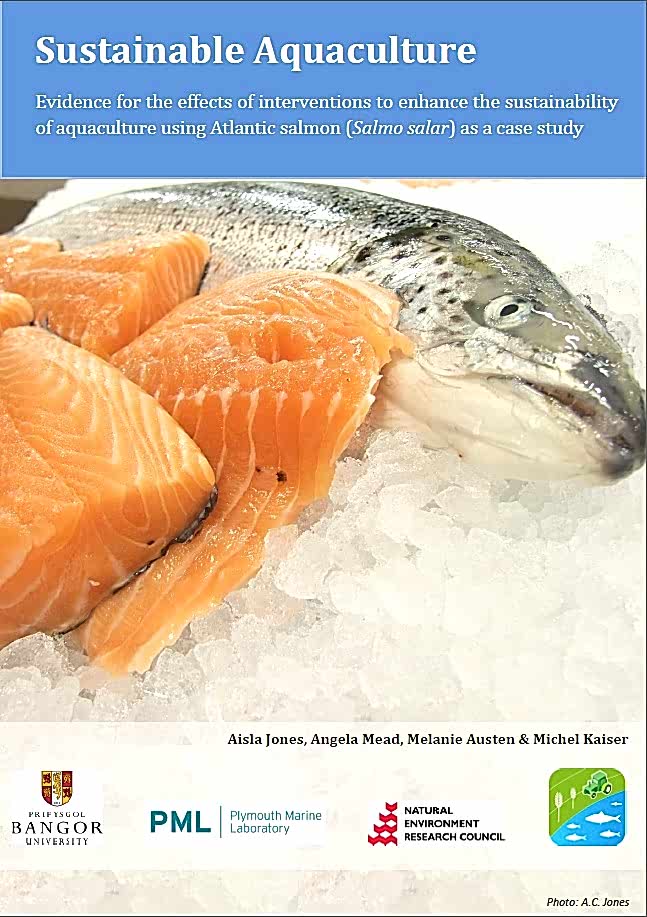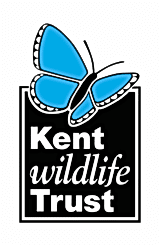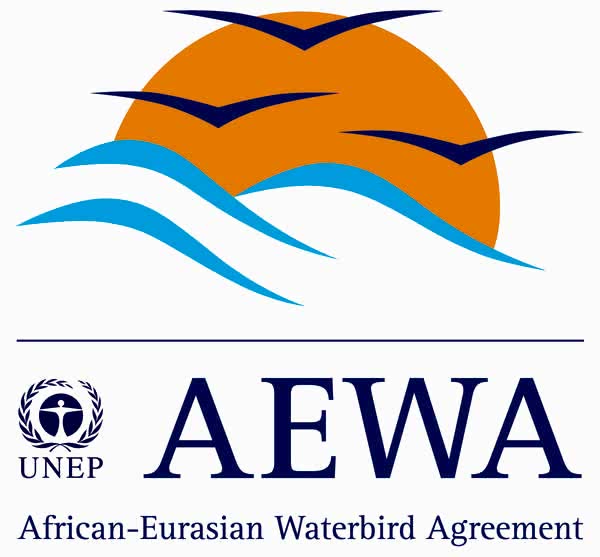Establish fallowing to reduce pollution
Overall effectiveness category Awaiting assessment
Number of studies: 1
View assessment score
Hide assessment score
How is the evidence assessed?
Effectiveness
not assessedCertainty
not assessedHarms
not assessed
Study locations
Supporting evidence from individual studies
A controlled, replicated trial between 2003 and 2004 at two fish farm sites in southeast Tasmania (Macleod et al. 2006) found sediment community structure under Atlantic salmon cages became more similar to non- impacted sites over two fallowing cycles. Similarity of the community structure of the impact sites to the reference sites increased from 25% to 31% at one site and 11% to 27% at the other after fallowing. The extent and rate of recovery were affected by length of fallow period, farm location and the initial impact of the sediments. An annual stocking regime was employed at both farms where cages were stocked for nine months and then fallowed for three months. Sediment samples were collected from cage positions and reference sites before the cages were stocked, after nine months of stocking and at the end of the three month fallow period. Samples were taken at monthly intervals during the second year. Circular study cages with a circumference of 120 m were used at both farms.
Study and other actions tested
Where has this evidence come from?
List of journals searched by synopsis
All the journals searched for all synopses
This Action forms part of the Action Synopsis:
Sustainable Aquaculture
Sustainable Aquaculture - Published 2013
Atlantic salmon Aquaculture Synopsis




















